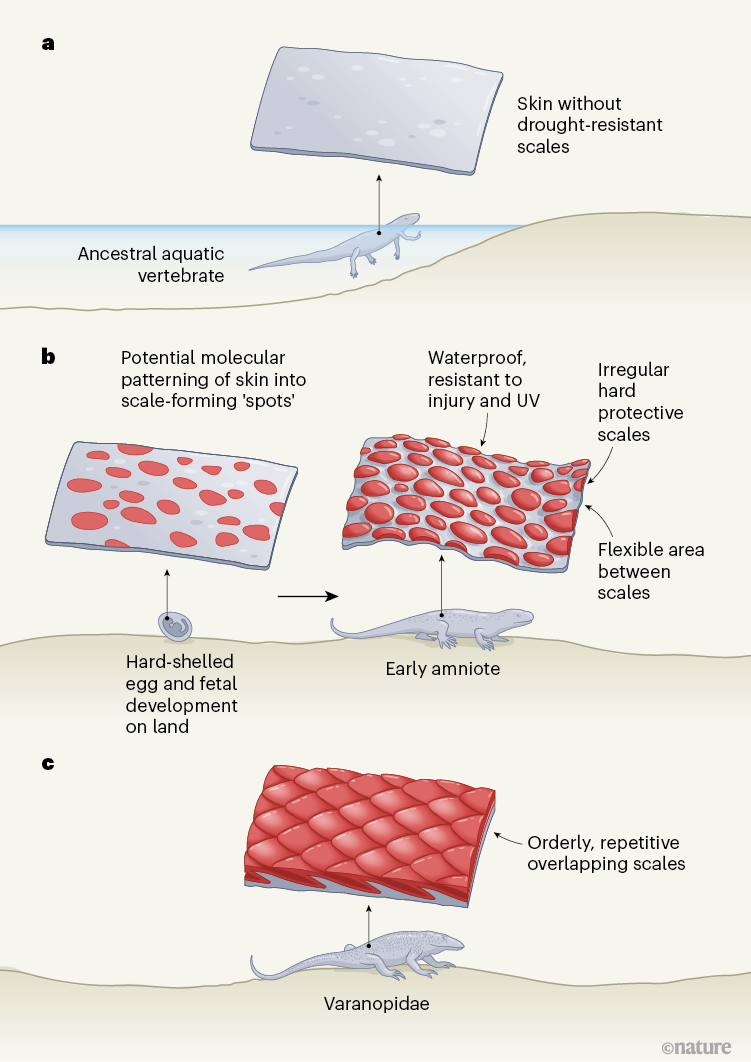[ad_1]
Hello Nature readers, would you like to get this Briefing in your inbox free every day? Sign up here.

The Nigerian health ministry has been told to investigate reports of deaths in the northeastern state of Gombe (pictured).Credit: Tolu Owoeye/Shutterstock
Nigeria’s National Assembly has instructed the country’s health ministry to investigate a “strange disease” said to have killed more than two dozen people in the northeastern state of Gombe. The World Health Organization says that there have been three deaths, resulting from confirmed cases of meningitis. The case highlights the importance of thorough disease-surveillance systems and the need for timely communication, say researchers.
The UK science minister Michelle Donelan has apologized and paid damages for accusing two researchers on a UK Research and Innovation panel of “extremist” views on the Israel–Hamas conflict. More than a dozen researchers resigned from the United Kingdom’s national funder after it dissolved the panel in response to the minister’s demand.
The Financial Times | 3 min read
Read more: Researcher resignations from UKRI mount amid Israel–Hamas row (Nature | 5 min read, from November)
For the first time, an influenza virus has been eliminated from the human population through non-pharmaceutical interventions. The public-health protections brought in during the COVID-19 pandemic — such as wearing a mask, social distancing and better ventilation — seem to have eliminated the influenza B/Yamagata lineage; no cases have been confirmed since March 2020. In September, the World Health Organization recommended that countries no longer include Yamagata-lineage antigens in flu vaccines, and US Food and Drug Administration advisors have now voted to remove it from flu jabs in the United States.
Reference: The Lancet Infectious Diseases editorial
Features & opinion
China has updated its Early Warning Journal List — a list of journals that are deemed to be untrustworthy, predatory or not serving the Chinese research community’s interests. The latest edition includes 24 journals and, for the first time, takes note of misconduct called citation manipulation, in which authors try to inflate their citation counts. Scholarly literature researcher Yang Liying heads up the team that produces the influential list and spoke to Nature about how it’s done.
Tracking malaria infections in lizards in a rainstorm? Recording beetle species in a dusty cornfield? Sometimes a pencil and notebook still outperform a computer or smartphone in the field. Other data might be immortalized in ledgers crowded with historical handwriting. For those times, Nature has compiled five tips for getting handwritten data digitized into a form that can be analysed.
In Atlas of the Senseable City, architect-researchers Antoine Picon and Carlo Ratti delve into the impact of digital maps on human society. “Ancient Romans had two words for city: ‘urbs’, the physical environment, and ‘civitas’, the community of citizens,” says Ratti. “For the first time, technology allows us to visualize and understand civitas: how people move in space, how they connect, and also how they segregate … Architects and urban planners can now take into account the civitas rather than just the urbs.”
Los Angeles Review of Books | 18 min read
Infographic

Figure 1 | Vertebrate adaptations to life on land. a, Approximately 350 million years ago, some animals living in the water were on the verge of evolving to live on land. b, This transition required the innovation of forming hard-shelled eggs that enabled embryos to develop outside an aquatic environment. Other features suited to life on land included protective scales. It is plausible that embryonic skin underwent rapid patterning into spot-like areas corresponding to sites where scales would subsequently form. On hatching, such developing scales probably hardened rapidly by cell differentiation in a manner distinct from that of the surrounding tissue. Embryonic patterning and post-embryonic maturation might give rise to mechanically resilient yet flexible waterproof skin, containing scales and offering protection against damage by ultraviolet light. This hypothetical scenario is supported by observations of highly patterned mini scales in fossilized skin samples, reported by Mooney et al., attributed to 285-million-year-old early land-dwelling vertebrates called amniotes. c, Scales evolved that fully covered the body of early amniotes, such as members of the Varanopid family of amniotes.
The discovery of the oldest fossilized reptile skin ever found sheds light on how scaly skin started to evolve at the dawn of life on dry land. The 285-million-year-old fossils of intricately patterned animal scales show that the innovation came about as aquatic vertebrates adapted for terrestrial survival, writes developmental biologist Maksim Plikus. (Nature News & Views article | 8 min read, Nature paywall — or read the Nature News article from January for free)
Don’t chuck that cheddar or bin that Brie until you’ve read this handy guide to when you should throw out mouldy cheese — the answer is ‘hardly ever’. “Even though we’ve been taught to fear mould, all of cheese is mould,” says cheese specialist Anne-Marie Pietersma in a statement that will forever be burned into my mind. In a nutshell, the harder the cheese, the less you need to worry about just cutting off the bad bits and chowing down.
While I indulge in some gorgeous gorgonzola, why not send me your feedback on this newsletter? Your e-mails are always welcome at [email protected].
Thanks for reading,
Flora Graham, senior editor, Nature Briefing
With contributions by Gemma Conroy
Want more? Sign up to our other free Nature Briefing newsletters:
• Nature Briefing: Anthropocene — climate change, biodiversity, sustainability and geoengineering
• Nature Briefing: AI & Robotics — 100% written by humans, of course
• Nature Briefing: Cancer — a weekly newsletter written with cancer researchers in mind
• Nature Briefing: Translational Research covers biotechnology, drug discovery and pharma
[ad_2]
Source Article Link

